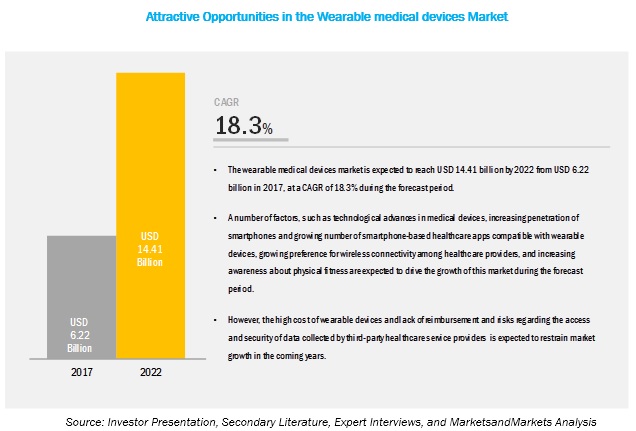The Impact of ECMO Technology on the Medical Industry
What is ECMO Machines
Extracorporeal membrane
oxygenation (ECMO) is a medical procedure that supports the function of
the lungs and heart by providing oxygen to the body and removing carbon
dioxide from the blood. The machine works by circulating the patient’s
blood through a membrane oxygenator, which removes some of the carbon
dioxide and adds oxygen to the blood. The blood is then returned to the
patient's body. The ECMO machine is used in cases of severe respiratory
or cardiac failure that cannot be managed with conventional treatments.
It is a life-saving procedure that can be used in both adults and
children. ECMO is used in the most desperate of cases, when all other
options have failed. It is a complex procedure that requires a
multidisciplinary team of healthcare professionals to manage the
patient’s care and oversee the machine’s operations.
The first
clinical experience with ECMO was in 1971, when a team of doctors in
Denver, Colorado, successfully used the technology to treat a newborn
infant with a severe lung condition. Since then, ECMO technology has
been used to treat a wide range of illnesses and injuries, including
respiratory distress syndrome, severe sepsis, and heart failure in both
adults and children.
In the 1980s, ECMO technology was further
refined and miniaturized, allowing for more portable ECMO machines to be
used in the home or in transport. In the 1990s, ECMO technology was
further developed to provide high-flux oxygenation, allowing for more
effective oxygen delivery to patients with severe respiratory and
cardiac illness. Today, ECMO technology is used in a wide range of
medical settings, and is recognized as a valuable tool for providing
life-saving treatments.
The Benefits of ECMO Machines
ECMO
machines are used to support the heart and lungs of patients who are
critically ill or in cardiac arrest. The ECMO machine provides
oxygen-rich blood to the patient’s body, which can help the patient’s
organs to recover. Because of this, ECMO machines can be life-saving for
critically ill patients. Here are some of the benefits of ECMO
machines:
1. Allows for time for the patient’s organs to rest:
ECMO machines provide oxygen-rich blood to the patient’s body, which
takes the load off of the patient’s heart and lungs. This allows the
patient’s organs to rest and recover while the ECMO machine is providing
life-saving support.
2. Can provide long-term support: ECMO
machines can provide long-term support to critically ill patients. The
machines can be used to support patients for weeks or months, which can
give their organs the time they need to recover.
3. Improves
patient outcomes: Studies have shown that patients who are supported by
ECMO machines tend to have better outcomes than those who are not. This
is likely due to the fact that the ECMO machine is providing oxygen-rich
blood to the patient’s body, which helps the organs to recover.
4.
Improves quality of life: Patients who are supported by ECMO machines
tend to have improved quality of life after their treatment. This is
likely due to the fact that the ECMO machine is providing oxygen-rich
blood to the patient’s body, which helps their organs to recover more
quickly and effectively.
ECMO Machines Industry Trends
The ECMO machines industry is growing rapidly and more companies are entering the market. The global ECMO machines Market
is expected to grow at a CAGR of 4.9% over the next five years and is
expected to reach USD 673 million by 2026 from an estimated USD 531
million in 2021. This growth is being driven by an increase in demand
for improved patient care, as well as technological advances in the
field. In addition, increased awareness of the benefits of ECMO machines
and their application in medical treatments is also driving growth.
The
industry is expected to benefit from the increasing use of ECMO
machines in critical care settings, such as intensive care units and
operating rooms. The use of ECMO machines in non-critical situations,
such as during transport of critically ill patients from one hospital to
another, is also expected to drive growth.
In terms of
technology, the industry is expected to benefit from advances in
artificial intelligence and automation. Automation of ECMO machines is
expected to improve efficiency and accuracy of patient care, as well as
reduce costs. Additionally, advances in machine learning and artificial
intelligence are expected to enable better diagnosis and treatment of
medical conditions.
The industry is expected to benefit from the
increasing use of mobile ECMO machines. These machines are small and
portable, allowing for increased mobility and improved access to care.
Finally,
the industry is expected to be positively impacted by the increasing
use of ECMO machines in developing countries. The increasing
availability of these machines in more areas is expected to increase
access to care for people in remote and rural areas.
Related News

Comments
Post a Comment